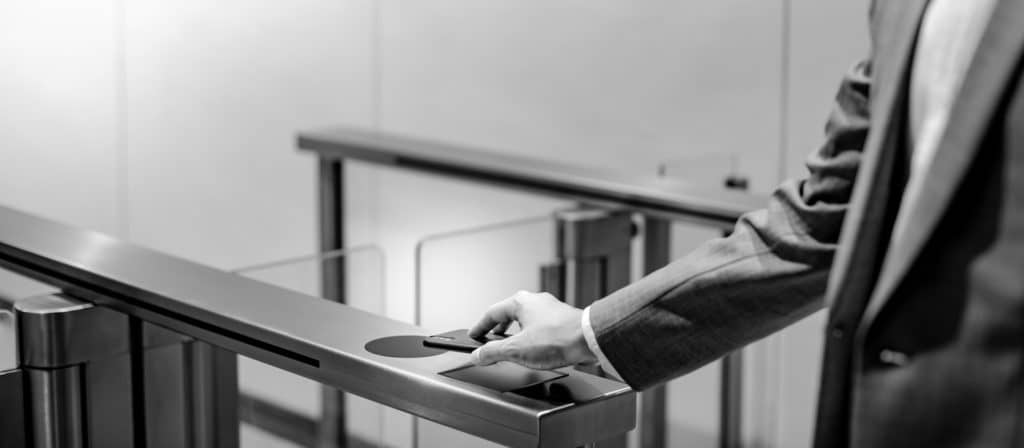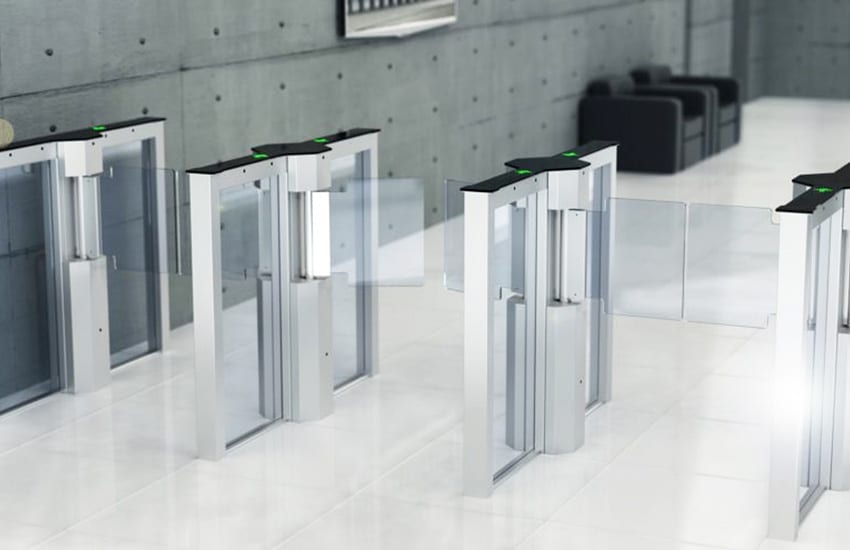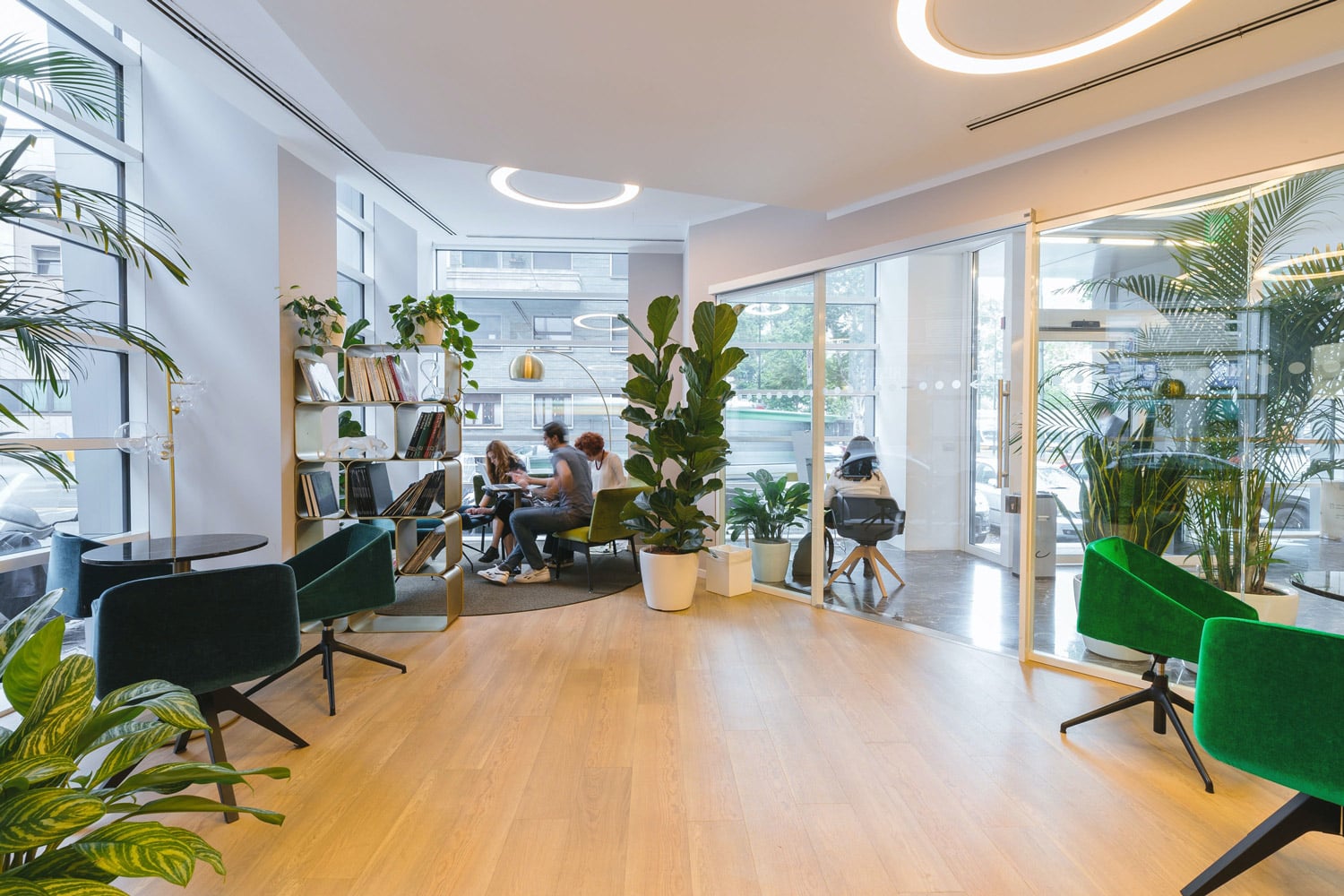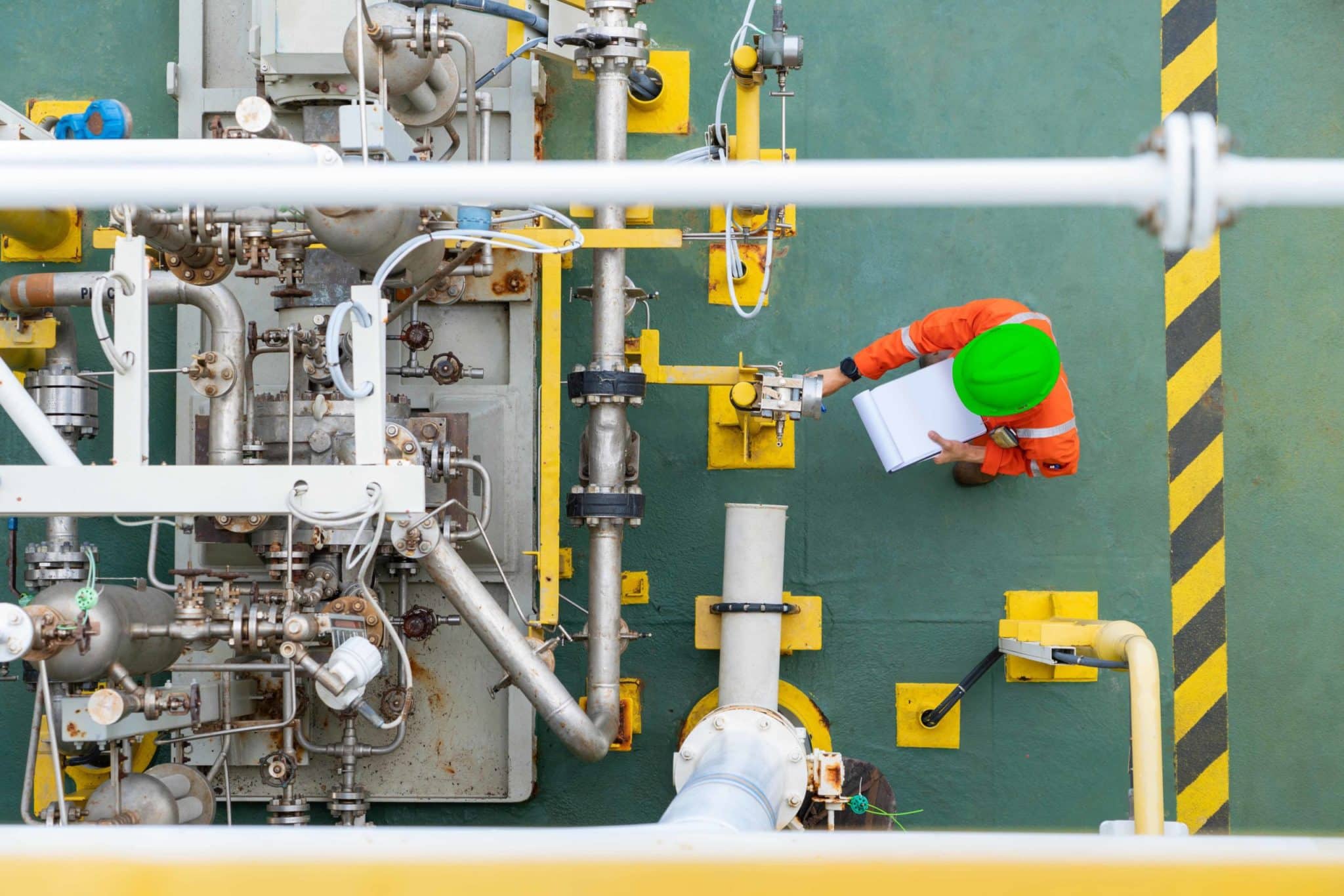20/08/2021
Health and safety have always been important considerations in the built environment. According to the International Labour Organisation, approximately 2.3 million men and women worldwide suffer accidents or diseases every year in the workplace alone. Other commercial environments, from university campuses to hospitals, present similar risks. With buildings playing such an important role across many facets of our daily lives, it is essential that they are as safe as they can be and promote good health for all their occupants.

Recently, the entire conversation around health and safety in buildings has shifted dramatically as a result of the COVID-19 pandemic.
Suddenly, hand sanitisers and consistent ventilation went from being nice-to-have features to legal requirements.
As we look ahead to a post-COVID world, building owners and managers should examine innovative ways of promoting health and safety in their offices, campuses, and other environments for the benefit of their workers and visitors.
Smart spaces can support building managers as they look to facilitate a safe return to their built environment. Whether this involves smart access control, visitor management, air quality monitoring, or any other form of smart technology, these solutions could ease the transition to a post-pandemic world.
The return to the office
One of the most common journeys facing individuals today is a return to the office. After months of remote working, many employees are being asked to return to the workplace – at least some of the time. This will foster in-person collaboration, improve relationship building, and lead to more efficient communication. But some employees are understandably anxious about coming back.
According to one recent workplace survey, 66% of employees in the US are worried about their health and safety when coming back to the office.
Fortunately, smart solutions can help reduce this anxiety and create a safer workplace. Here are a few solutions that could be employed:
- Capacity measurement – These platforms could use IoT sensors or cameras to evaluate how many individuals are within a particular area – aiding compliance with social distancing rules.
- Desk booking – Capacity controls could also be connected to workplace rotas to facilitate a hybrid approach, allowing employees to work partially from home and partially in the office.
- Smart access – Smart access systems use cutting-edge software, such as facial recognition tools, thermal scanners and mobile cards, to provide secure and contactless access. These facial recognition sensors can be adapted to recognise faces even when mask-wearing is mandated.
- Visitor management – Offices frequently welcome visitors, whether they are contractors, clients, or any other third-party individual. With overcrowding now presenting a serious health and safety concern, remote web registration, facial recognition, mobile notifications or QR codes to track visitors can all help manage the flow of guests, facilitating access to the building and ensuring that visitors remain socially distanced at all times.
The return to campus
The “new normal” for students will also have a few health and safety differences. The creation of a smart campus will help make these changes as seamless as possible and facilitate an optimised flow of people that keeps everyone safe. For anyone returning to campus, here are several smart technologies that can improve the health and safety environment:
- Facilities booking – On campus, students and educators will need to book various facilities across a term. This could be for group work, team sports, or teacher-student interactions. A smart booking system gives facilities managers a holistic view of space usage, including detailed reports on building capacity. This allows campus users to book a room, parking lot, sports court, or any other facility and coordinate activities with other individuals.
- Smart cleaning management – Critical cleaning management based on IoT sensors can alert building managers of priority issues. For example, sensors attached to hand sanitiser dispensers can inform staff when refills are required, and trash container sensors can provide alerts when they need emptying. Monitoring the use of toilets is also possible to improve cleanliness.

The return to public life
Whatever stage of life you are currently in, a post-COVID world means interacting with public and private buildings on a more regular basis, whether these are airports, shops, hospitals, or even public transport hubs. For any building manager, these are some important smart solutions to consider:
- Smart airing – As more information has come to light regarding COVID-19, the importance of good ventilation has grown. IoT tools can now collect information on CO2 and occupancy levels before triggering automatic actions around doors, windows, and ventilation systems.
- Reliable data and a single pane of glass – Every smart solution relies on a robust source of data. Whatever type of building you manage, make sure you have access to reliable data that is consistently updated – ideally, in real-time. That’s the only way to manage a built environment that puts the health and safety of your occupants first.
At Getronics, we have partnered with offices, airports, universities, hospitals, and owners of many other real estate spaces to deliver IoT and Smart Spaces solutions across the globe. With the support of our smart building blocks, you can create an environment where your workers feel comfortable and safe in a post-COVID world.




